
What Is Audio Mastering? Take Your Music From Good To Great!
Audio mastering is the process of enhancing the overall mix of a music production to make it sound the best it possibly can.

Audio mastering is the process of enhancing the overall mix of a music production to make it sound the best it possibly can.
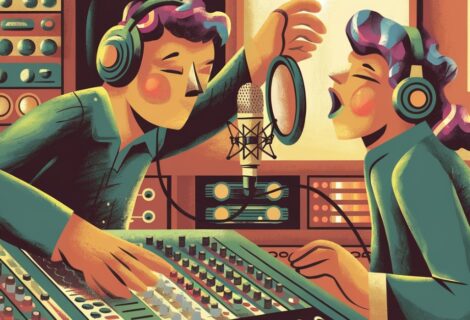
Mixing vocals is one of the most important aspects of producing high-quality music. Whether you’re a seasoned engineer or just starting out, getting the vocals to sit right in a mix is always a challenge.
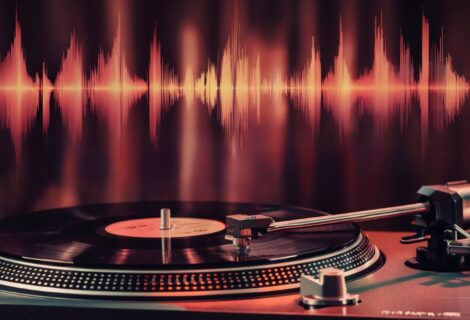
Mastering for vinyl is a specialized process essential to creating high-quality records. Unlike digital formats, vinyl records require unique considerations due to their physical properties and playback characteristics. By understanding and addressing these factors, we can achieve a final product that not only sounds great but also stands the test of time.

Dynamic range in audio refers to the difference between the loudest and softest passages in a piece of music or an audio signal. It is a critical concept in both music production and playback, significantly influencing how we perceive sound quality.

One of the most powerful tools at an audio engineers disposal is a device called a compressor. A compressor, which comes in hardware and plugin options, makes the quiet parts of an audio signal louder and the loud parts tamer. But did you know are there are actually several types of audio compressors, each with their own special sound flavor?
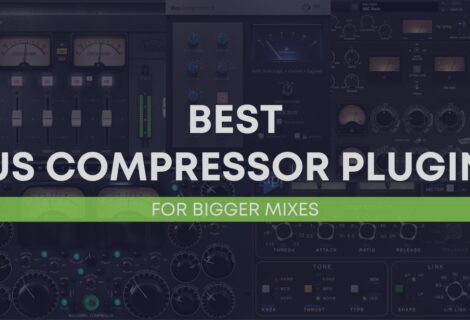
The use of a great bus compressor cannot be overstated when it comes to mixing music. In this blog post, we will delve into the “Top 5 Best Bus Compressor Plugins For Bigger Mixes.” These plugins are not just tools; they are the secret ingredients that can transform your mixes from good to great, providing that polished, cohesive sound that stands out.
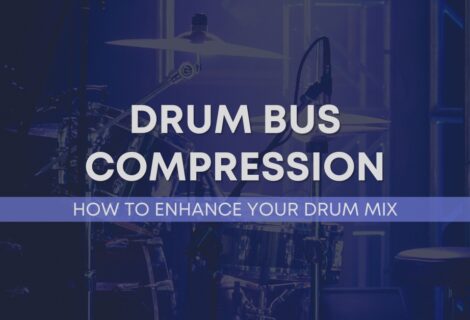
Drum bus compression is more than just a mixing tool; it’s the secret to achieving punchy, clear, and cohesive drum tracks in your mixes. It helps glue together the various elements of your drum tracks, bringing consistency and balance to your mix. By understanding how to effectively use drum bus compression techniques, you can bring your drum sound to life and improve the overall quality of your tracks.

Audio ducking is an important mixing technique that can help uncover sounds that get lost in a mix. It is the process of lowering the volume of one audio signal when another audio signal goes above a certain threshold. This technique is commonly used in music production, podcasts, and radio shows to ensure that various audio elements are not competing with each other for the listener’s attention.

Sidechain compression is a powerful tool that every audio engineer should have in their arsenal. It can be used to create pumping effects in electronic dance music, tighten up the low end in a mix, or even add a rhythmic feel to a track. By learning how to use sidechain compression, you can take your mixes to a whole new level.
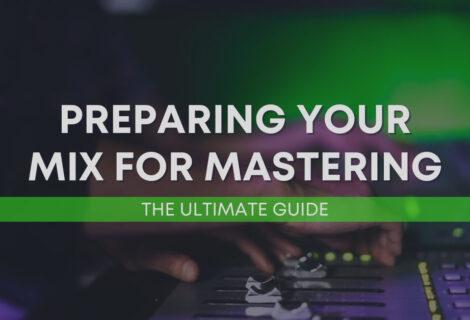
Getting your mix ready for mastering is an essential step in the music production process. It’s the final opportunity to polish your tracks, correct any issues, and make sure everything sounds just right before the mastering engineer applies the final touches.

There are many misconceptions regarding upward compression. Some people believe it to be indistinguishable from downward compression, while others mistake it for expansion. Some beginners don’t even know this tool exists!
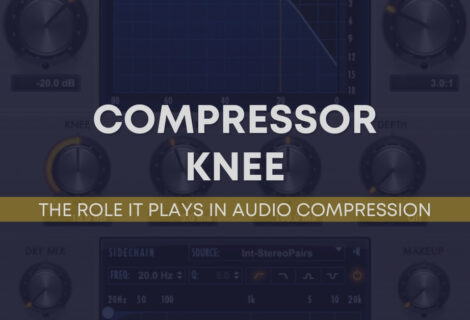
The ‘compressor knee’ is named so due to its visual representation on a graph. It refers to the point where compression begins to significantly engage in response to an audio signal. When this signal goes beyond a certain level or threshold, the compressor comes into action and gain reduction occurs. This point, the ‘bend’ in the graph or the ‘knee,’ is where our journey begins.